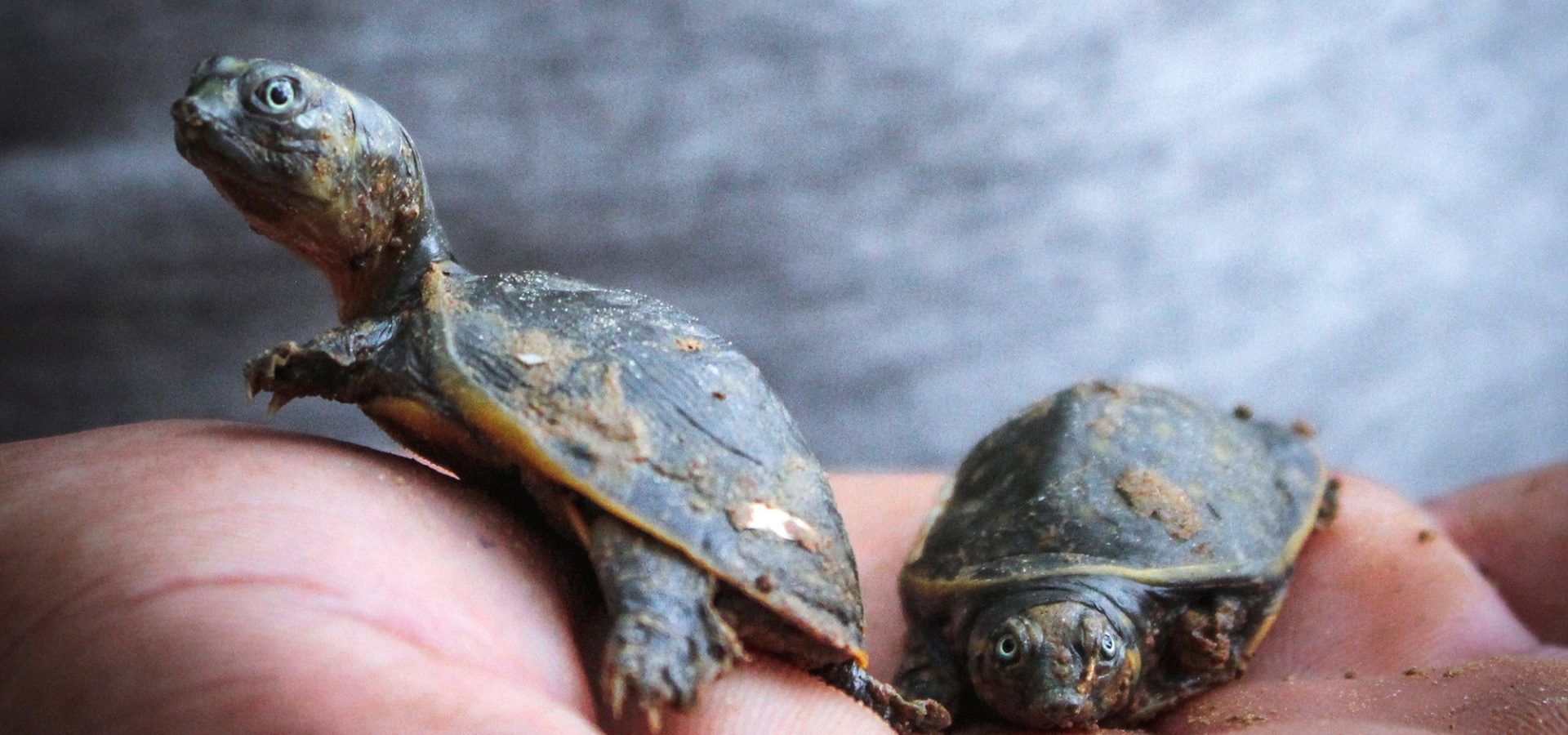Water, being home to up to one million creatures, is the lifeblood of the planet. Given the enormous area of water bodies, it is beyond imagination the exact number of species that reside in them. Oceans, occupying 71 percent of the Earth, largely remain unmapped, unexplored, and unobserved. With so much still left to explore, scientists are still discovering new species and it’s interesting to know. Over 90 percent of marine species haven’t been classified yet, according to recent scientific studies.
Of the several thousand species that are known to humankind, here are ten unique animals that you’d be amazed to know about! Each of these myriad species has evolved with a specialised characteristic that helps them thrive underwater.
Tardigrades
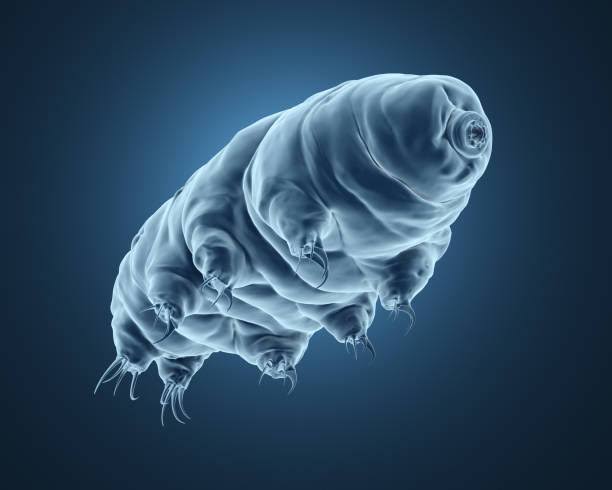
Commonly called water bears, tardigrades are caterpillar-like creatures that do not grow beyond the length of 1 mm. With about 1200 species, they thrive in all environments with liquid water – from coast to abyssal depths, from North to South, and from temperate to tropical conditions. They owe their ubiquitous nature to their remarkable ability to survive in dormant life stages. When surroundings become unfavourable, they enter a resting state by suspending their metabolism – thereby avoiding desiccation and freezing. As soon as conditions become suitable, tardigrades are able to restore their active stage – they begin moving, growing, eating, and reproducing.
Fun Fact: Tardigrades have outlived all mass extinctions and are known to survive crushing pressures, extreme temperatures, ultra-violet radiations, and even the vacuum of space.
Sea cucumbers
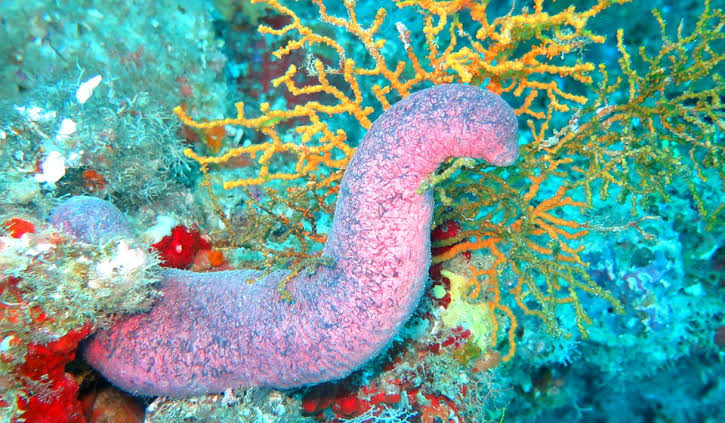
Belonging to the group of echinoderms, sea cucumbers are aptly named after their soft-bodied structure. With over 1250 species, they inhabit oceans – some occupy the floors and depths, while others remain in shallow waters. Relying upon minute animals and algae for feeding, their tube feet aid in extracting the prey. The presence of a respiratory tree in their anal region allows them to breathe efficiently. In various countries, sea cucumbers are considered delicacies and even offered as gifts. The species is granted the highest protection under Schedule I of the Wildlife (Protection) Act, 1972, and recently, Lakshadweep established the World’s first Sea Cucumber Conservation Reserve.
Fun Fact: As a defense mechanism, some species discharge sticky threats and toxins, and mutilate and expel toxic organs. This helps them evade predators or any organism that may harm them.
Barnacles
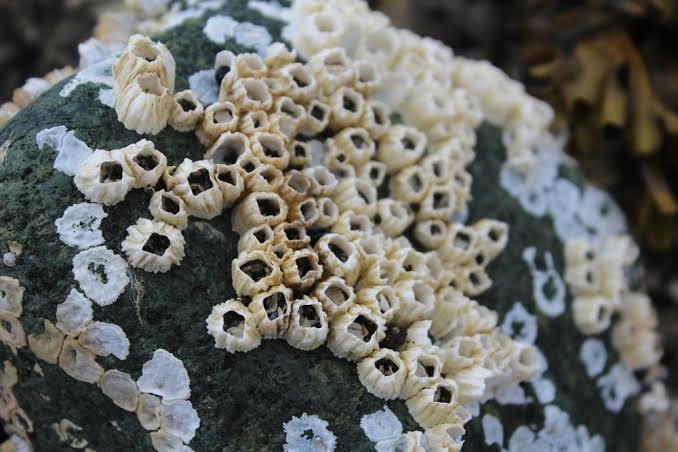
With more than 1400 extant species, barnacles are a type of crustaceans that come in a variety of shapes and sizes. Adults are known to build bony shell covering to protect themselves. These hard calcium plates encase the organism and allow it to escape from predators and enemies. Being immobile, they have organs called cirri for sifting microscopic food particles. Generally occupying areas with high water movement, barnacles can be easily spotted in shallow and tidal regions. Certain species are parasitic in nature as they prefer to settle and spawn on their hosts such as manatees and crabs.
Fun Fact: Barnacles are famously known for their adhesive properties – they are able to stick to ships and boats, whales, and each other. They secrete glue in the form of fast-curing cement that helps them adhere.
Octopuses
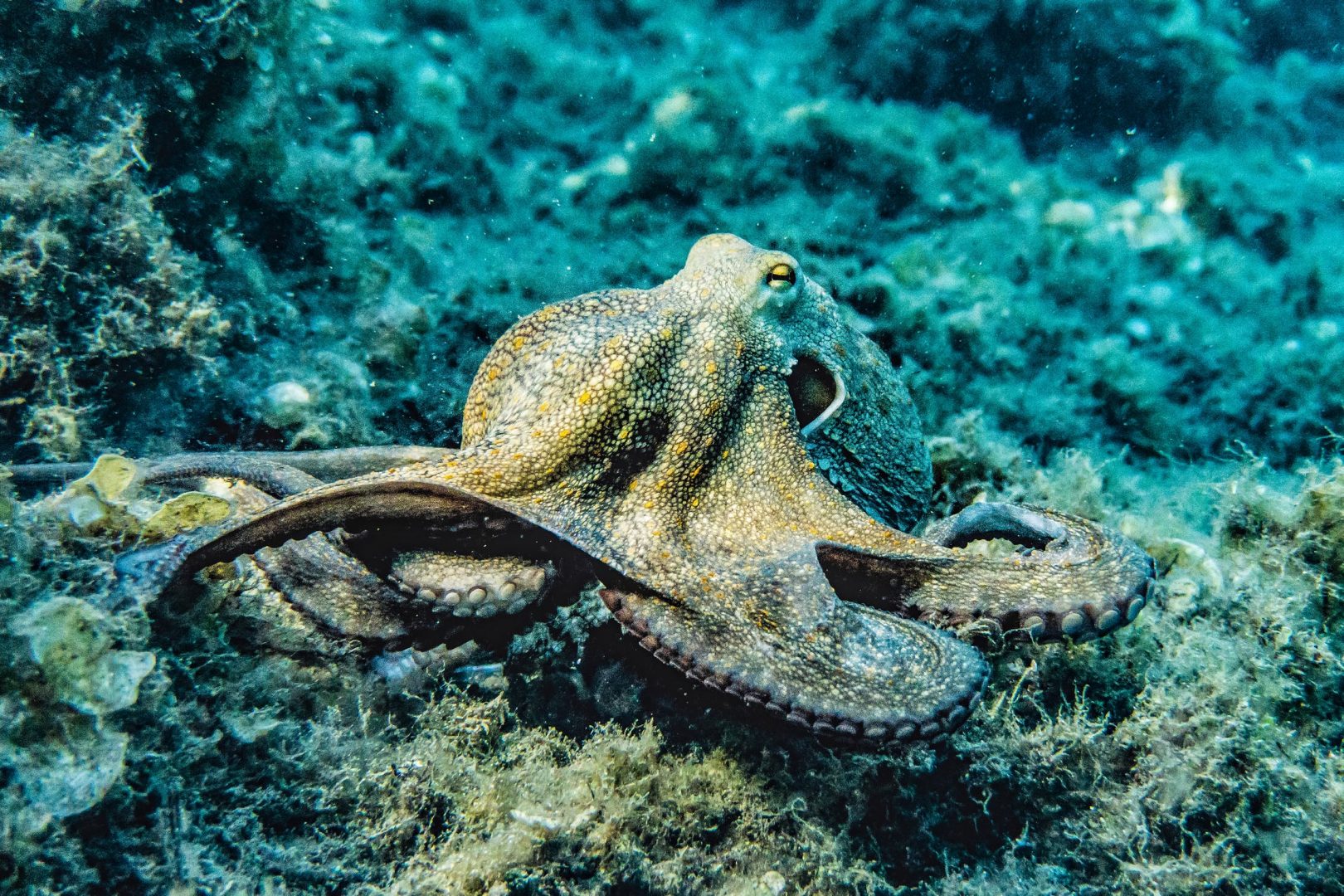
Next on the list are the eight-legged creatures with bulbous heads inhabiting the marine waters of the planet. Formidable predators, octopuses have evolved unique mechanisms to attack their prey. They use these prey such as seashells and crustaceans to camouflage and hide. Octopuses even squirt toxic ink to evade predatory attacks. Their arms have suction cups and hundreds of neurons that make them dynamic and highly functional. Mothers of certain octopus species are known to make the greatest sacrifice for their young ones. They guard their eggs for years, starving themselves before they succumb to death.
Fun Fact: Octopus are known for their sophisticated intelligence and problem-solving skills. They are able to tie knots, open jars, solve mazes, and even escape.
Electric eels
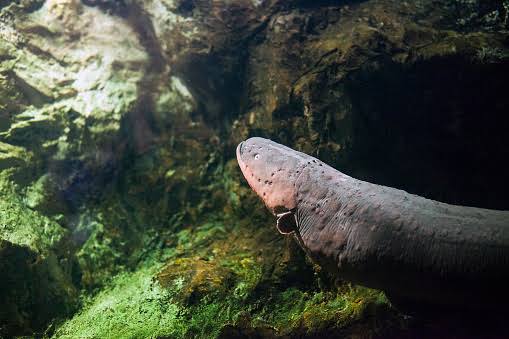
Electric eel, an animal that generates electricity of its own! Using their three electric organs – the main one, Hunter’s, and Sach’s – they produce electric shocks to defend themselves or stun their prey. Generally floating through slow-moving waters, the animal seeks fish, amphibians, and even small birds to prey. They emit a minor charge of less than 10 volts to navigate and locate the prey species. Dwelling in rivers and swamps, electric eels are air-breathers and often swim to the water surface. Despite the resemblance, they are not true eels – instead fall under the group Ostariophysi, comprising freshwater bony fish.
Fun Fact: The electrical charge produced by an electric eel is strong enough to jolt a human being – which can be up to 600 volts. Over 6,000 specialised cells (electrolytes) store power, similar to batteries.
Nudibranchs
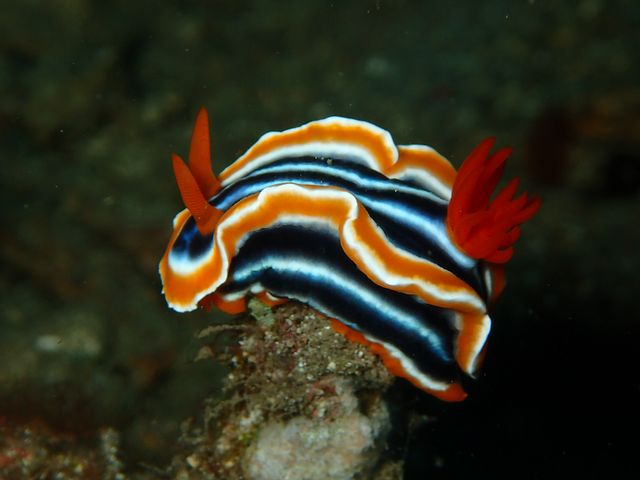
With over 2,000 species, sea slugs are shell-lacking molluscs found in all oceans across the globe. Rightly named nudibranchs, they have naked, feathery gills exposed to the water for breathing purposes. One can easily recognise sea slugs due to their widely varying forms and hues. Carnivorous in nature, they feed on algae, sponges, barnacles, corals, and even nudibranchs. The presence of rhinophores on their heads helps them navigate and identify prey. Generally hermaphrodites, nudibranchs comprise reproductive organs of both sexes.
Fun Fact: The psychedelic colours that sea slugs come in, are derived from the prey they consume. They even retain toxins from their food, to later use as defensive tools against predators.
Scaly-foot snails
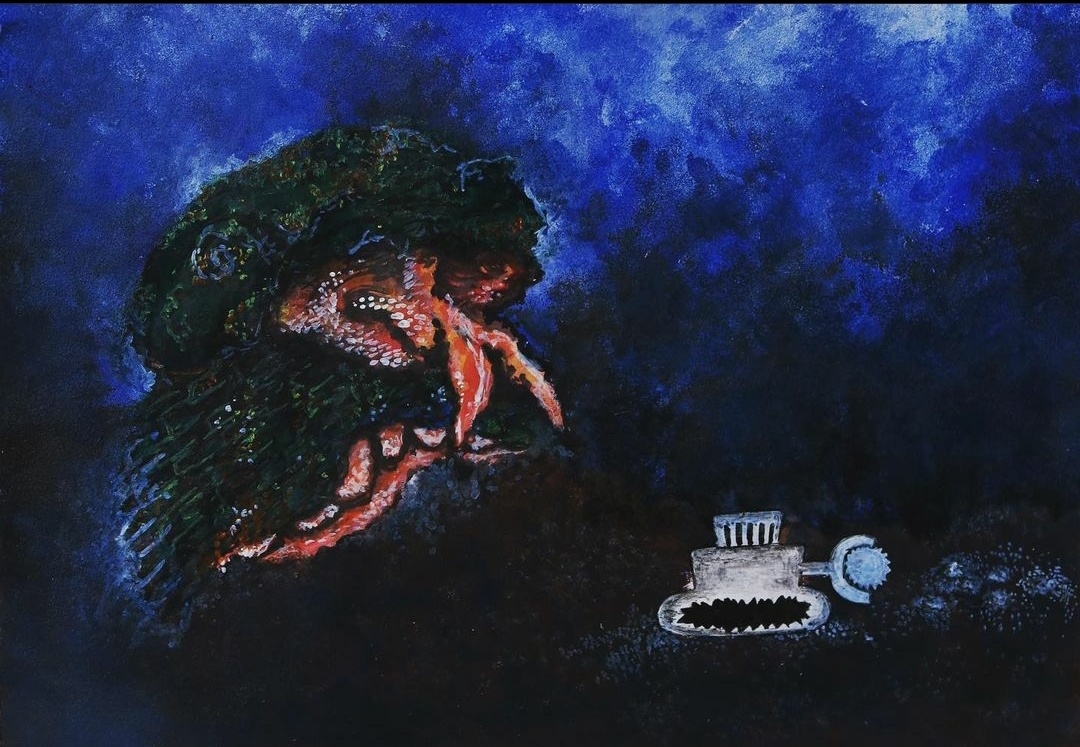
When we think of a hard-bodied animal, we picture an organism with a bony shell cover. Can you picture a metal armoured animal instead? Such is the next aquatic marvel, the armoured snail. Inhabiting hydrothermal vents of deep ocean waters, this snail has evolved a three-layered iron plate to protect itself from extreme conditions. The unique feature, however, has led to the animal being Endangered on the IUCN Red List. Also called the sea pangolin, its population faces threats due to extensive sea-bed mining.
Fun Fact: The scaly-foot snail has symbiotic bacteria living in its body to fulfill its nutritional needs. In order to provide enough oxygen to the bacteria, the snail has evolved an enormous heart.
Anglerfish

The next aquatic marvel looks like a creature that just came out of a science fiction – the angler fish! Inhabiting the deep seas, this bizarre-looking creature has an extension of dorsal spine protruding above its forehead. This rod-like appendage emits bioluminescence, flickering to attract prey. Flashy lights lure in shrimps, squids, worms, and other fish. Females even use these pulsing lights to attract much smaller males. Males have a unique characteristic, where they evolve into a permanent parasite on females. Using their sharp teeth, they latch on and eventually fuse with the female.
Fun Fact: Rod tips that dangle on the foreheads of anglerfish are able to glow in yellows, greens, blues, and oranges – they are able to mimic bait for their prey.
Portuguese man o’ wars
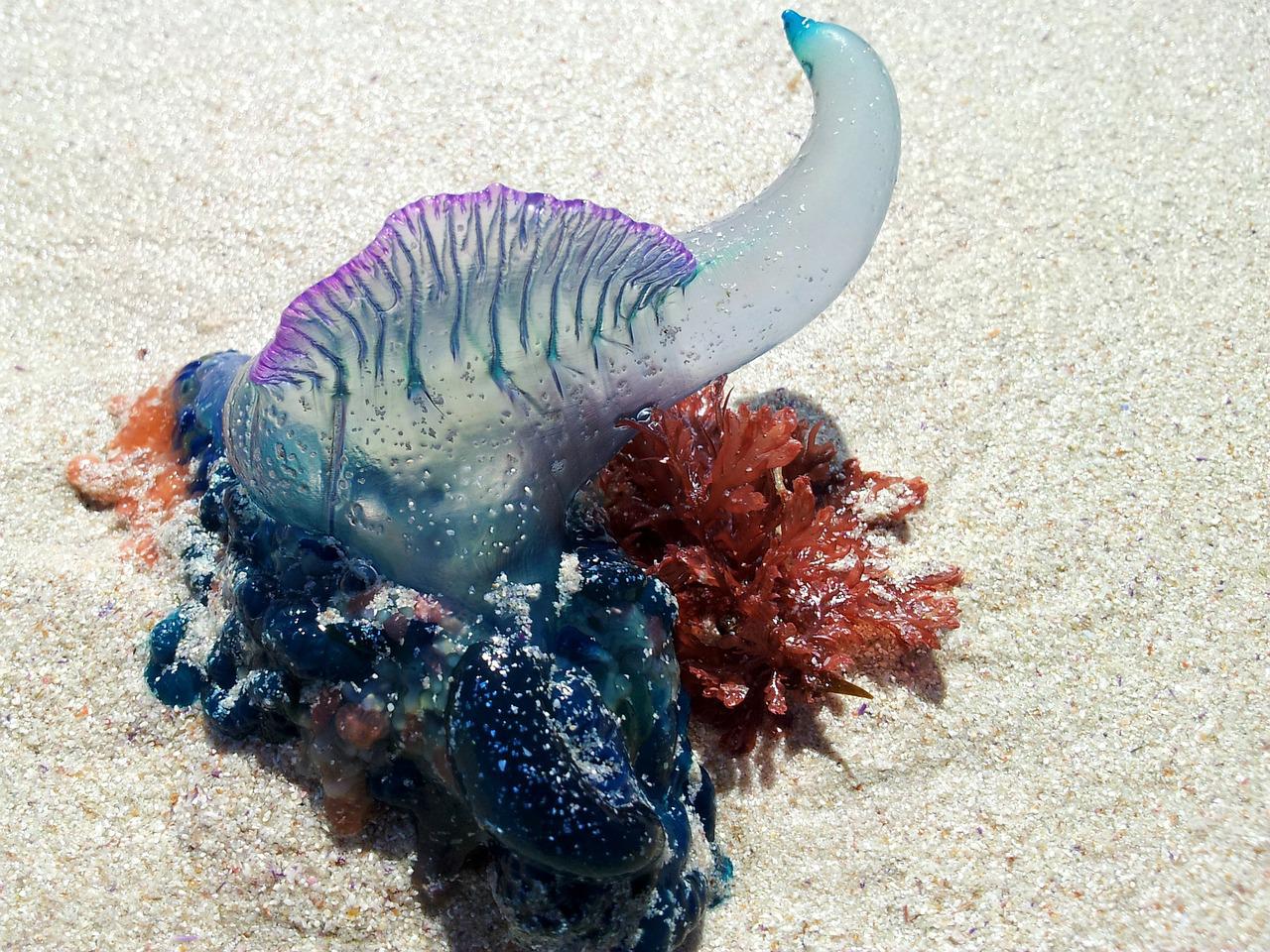
Recognised by a balloon-like thing floating over the water, the Portuguese man o’ war is often confused with a jellyfish. Actually a species of siphonophore, it comprises colonies of numerous similar-looking zooids with specific functions. Beneath the float, the animal projects long strands of tentacles that contain nematocyst cells capable of stinging, paralyzing, and killing prey and predator species. Incapable of swimming, the species relies on wind and ocean currents for propulsion. These highly venomous creatures use the method of broadcast spawning to reproduce.
Fun Fact: The Portuguese man o’ war has been named so due to its resemblance to 18th-century Portuguese warships.
Turtles
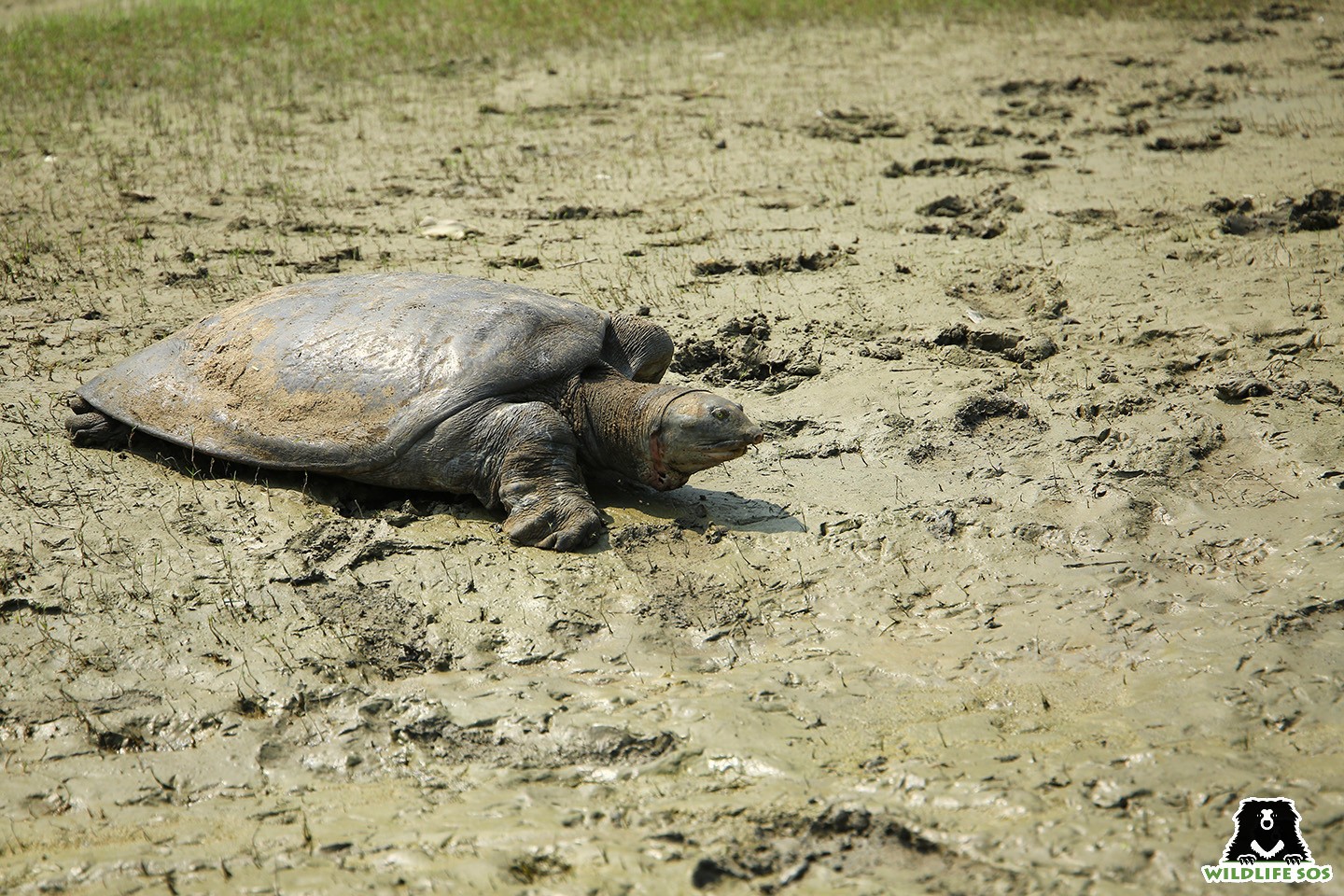
Last but not the least, turtles are widely known for their aquatic habits. Turtles are found in freshwater as well as in marine waters. A majority of the species have a hard carapace covered with scutes that protects them from predators. Lacking teeth, turtles have modified beaks that help them devour a diet comprising a variety of animals and plants. Female sea turtles generally come to shores to lay their eggs in the sand.
Fun Fact: Excellent swimmers, these reptiles have evolved paddle-like limbs that help them swim long distances. A loggerhead turtle recently set a world record of covering a distance of 37,000 kilometers!
World Aquatic Animal Day
The above listed and other aquatic animals play a crucial role in the functioning of any ecosystem. Be it amphibians, mammals, invertebrates, reptiles, birds, or fishes – each species occupies a specific niche and has an important contribution. They not only hold ecological, but economic, and intrinsic values as well. Despite understanding their significance, aquatic animals face a variety of threats across the globe. For instance, the Ganges River Dolphin is listed as Endangered in the IUCN Red List due to threats posed by dams and habitat degradation. It was bestowed the title of National Aquatic Animal of India, receiving utmost protection in its natural range. Numerous other animals including turtles, fishes, and mammals are on the verge of extinction due to the anthropogenic risks that they face.
Each year, World Aquatic Animal Day is celebrated on 3 April, to raise awareness about the myriad of species that inhabit our planet’s water bodies. Over time, marine habitats continue to degrade and marine species become highly threatened. Wildlife SOS contributes through various initiatives to curb poaching and wildlife trafficking. Time and again, our team has seized rare corals and endangered turtles from trafficking. You may consider becoming a monthly donor or sponsor for Wildlife SOS while also playing a huge role in protecting India’s wildlife.

